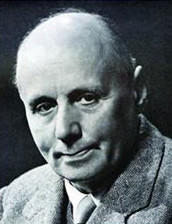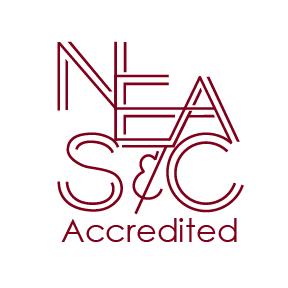Hackability Launched at UWC Changshu China
Issue date:2021-01-18On January 9th 2021, Yushan Academy Centre for Design and Innovation collaborated with Hackability’s team and started a 4-session design journey (January 9th, 16th, 23rd and 30th) with the participation of twenty UWC students and three local Changshu people with disability.
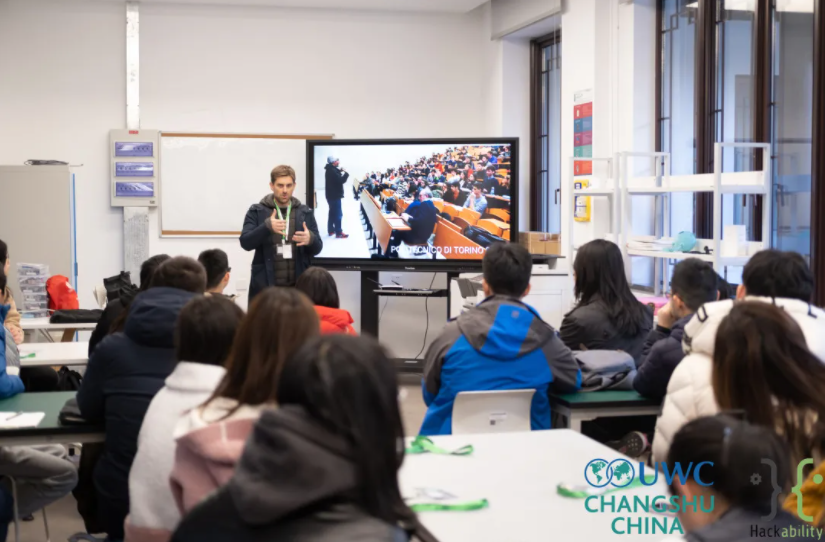
Gabriele Ermacora
Post-doc researcher at Shanghai JiaoTong University; Co-founder of Hackability Holding
The kick-off session started with a welcome speech from Pelham Lindfield Roberts, Principal of UWC Changshu China. He said: “We must realize that when people with disabilities lose a certain ability, they actually overcome innate difficulties and cultivate and exercise other abilities. This is worthy of our reflection and understanding. And this kind of activities that apply what students have learned is the real purpose of education. The subject knowledge we learn in the classroom should not only be used to pass the exam but should be used where it can help others and society.”
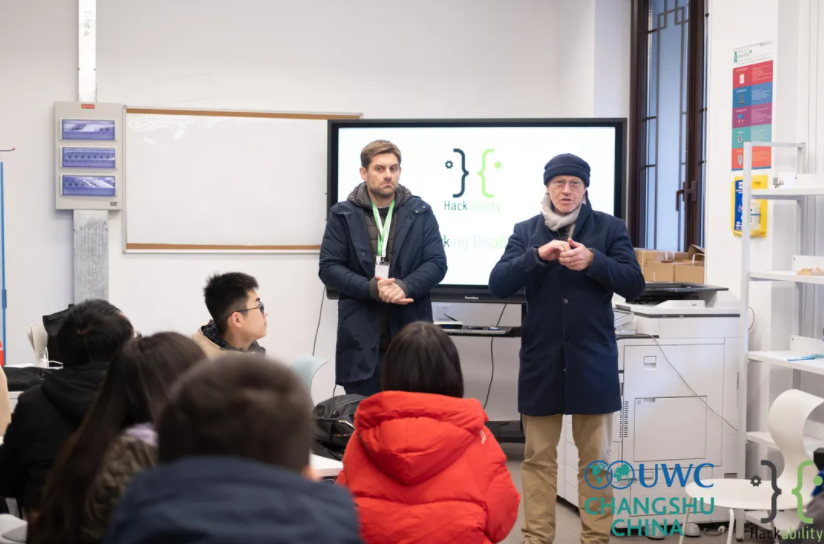
Pelham Lindfield Roberts (on the right), Principal
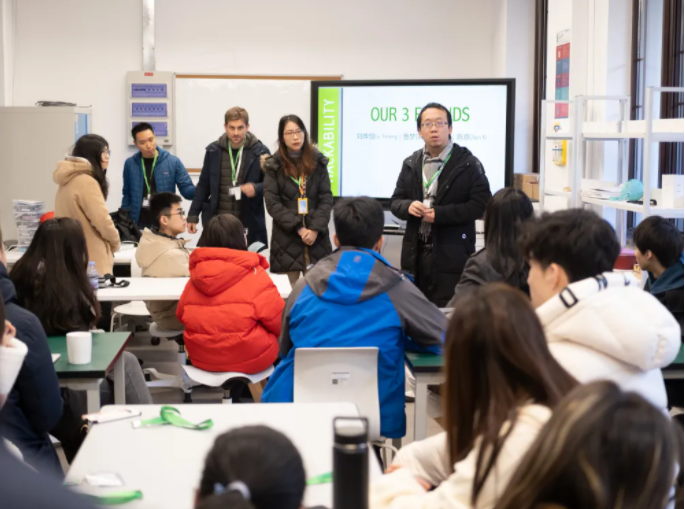
Pic 1: Liu Yeheng (Hearing impairment)
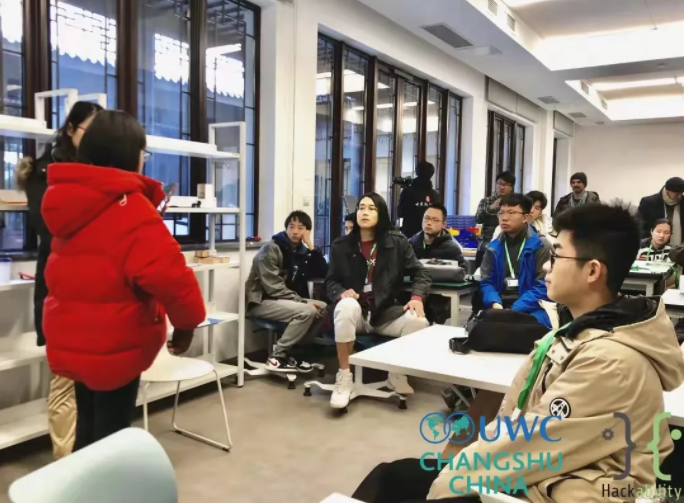
Pic 2: Yu Mengyang (Physical impairment)

Pic 3: Chen Yi (Vision impairment)
Three participants from Changshu each gave their self-introduction, and talked about some inconveniences they encounter every day. Liu Yeheng, who has hearing impairment, says that it is hard to hear his wife, who has the same condition, when they are far from each other. Yu Mengyang, who has physical impairment on her right hand, expressed her desire to grab and type like a normal person, hopefully finding a job one day. Chen Yi, on the other hand, suffers from a certain vision impairment that stops her from differentiating colors. She simply hopes that she could tell what the color is on the traffic light, so she could cross streets safely.
After carefully listening to the self-introductions, students formed three groups and began the design process.
Students' reflections
Hearing impairment solution
Today’s Hackability session was a great experience. After knowing each team member, we reached a consensus that is to create value and solve practical problems through continuous learning. We feel that Hackability is the right place for us to learn how to help others. Since both Mr. Liu and his wife have a certain degree of hearing impairment, Mr. Liu has to use a loud voice to attract his wife's attention, sometimes waking up the elderly or the children in their sleep, which is where the problem lies.
Solution: We are designing a pair of wristbands connected via Bluetooth, and Mr. Liu and his wife will each wear one of them. When Mr. Liu triggers his wristband, his wife's wristband will receive the signal and start a mild vibration, and vice versa. Just in this session alone, our products have already made pretty good progress. We believe the production will soon be completed to provide essential help for Mr. Liu and his family.


Physical impairment solution
We know that Ms. Yu has difficulty moving her right arm and fingers. She told us she would like to have her right hand as flexible as it can get so that she could grab things and type on a keyboard.
Solution: Originally, We made two gloves to help her lift things. However, the gloves turned out to be not very useful and neither does Ms. Yu think so. We thus planned to make a robotic exoskeleton for her right hand in the next session. In the ideal situation, she would be able to remote-control her robotic exoskeleton to complete minor movements. But honestly, It’s a huge project and we are not sure whether we can make it. Our group will try our very best.
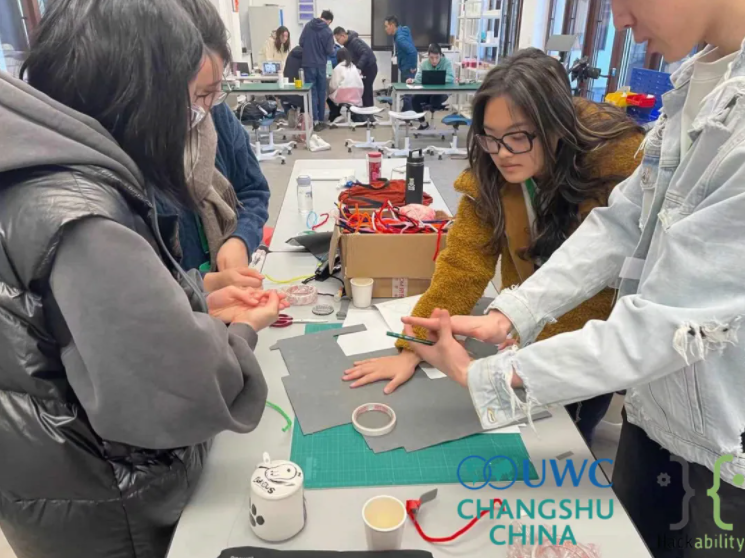
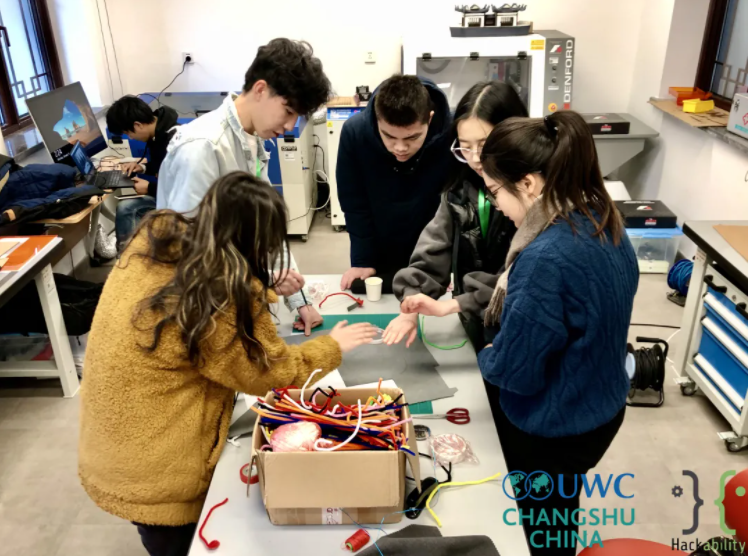
Vision impairment solution
Before I met Chen Yi, I never thought crossing roads could be a serious challenge for some people. Chen Yi is a vision-impaired lady who always smiles. She shared with us her difficulty of identifying traffic lights without audio guides.
Solution: We boiled down her difficulty to two issues that need to be addressed by our project: identifying the displayed color on traffic lights in full daylight and informing users the identified color with acoustic signals. We connected a webcam with a laptop and coded it in python. Now, the user can aim anywhere with the webcam, and the color of the aimed object will be identified and shown on the laptop as "Green" or "Red". For building the acoustic signal, we made a simulator with three buttons representing the three colors on traffic lights by using a printed circuit board that could make different sounds and finalized the acoustic signal we are going to use in the final product according to Chen Yi’s feedback. The next step is to refine what we have now and connect the two parts together.

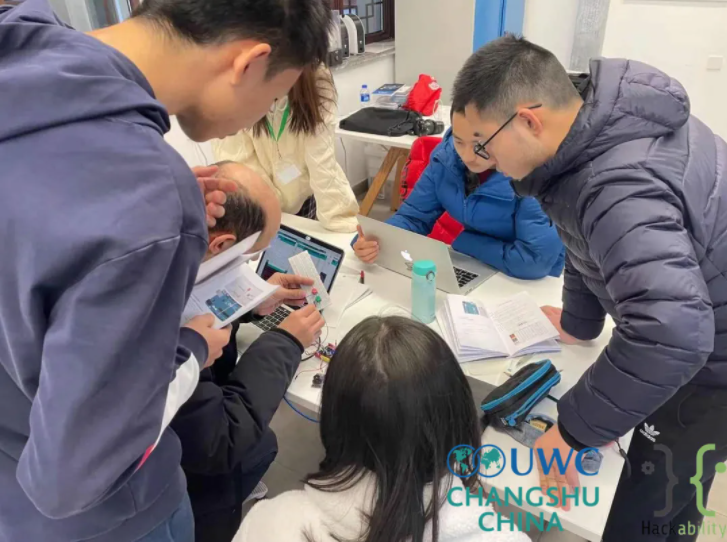
Meanwhile, three mentors from Hackability gave some positive comments on UWC students’ work on that day.
Students expressed different ideas on the project and the working process and listened and responded to each other’s ideas, making it possible for in-depth discussions.
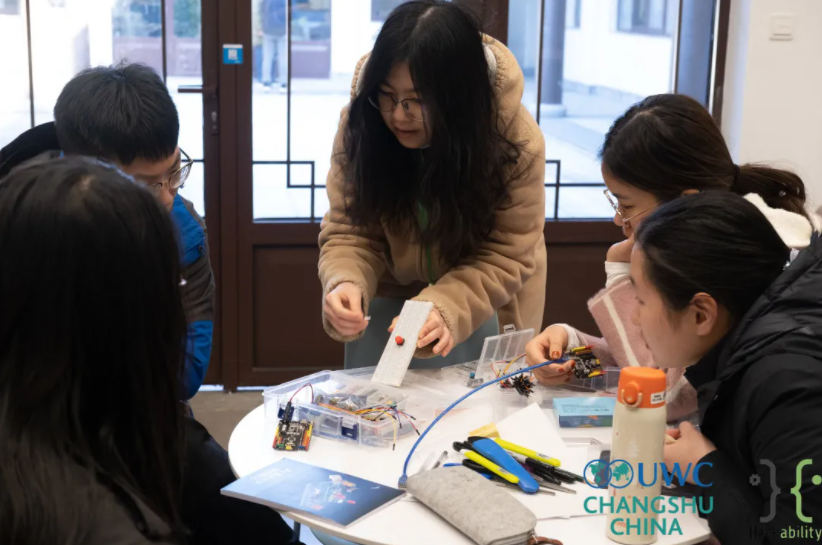
Group 1 Mentor: Demi Li (in the middle)
Research fellow at NYU Shanghai
In my team, the communication with the person with disabilities was smooth and students were able to create a nice and fun environment. In addition, they were able to put their ideas into a concrete implementation plan in two prototypes to maximize the prototype-test-iteration phase.
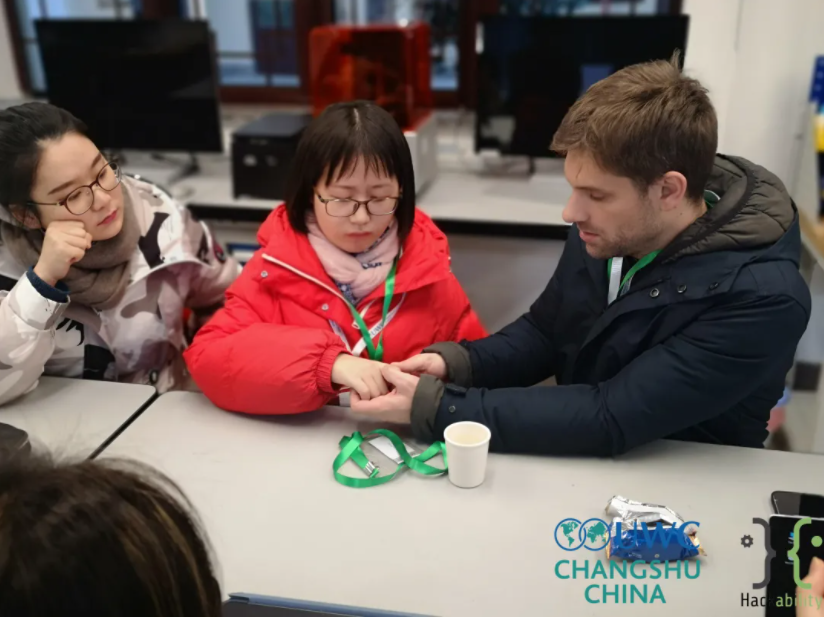
Group 2 mentor: Gabriele Ermacora (on the right)
Many of our members came up with innovative ideas when Chen Yi described with pride how she used to walk alone in Nanjing thanks to the aid of audio signals their traffic lights emit. With this in mind our team aims to rethink how important it is to take into consideration everyone’s difficulties when we design solutions.
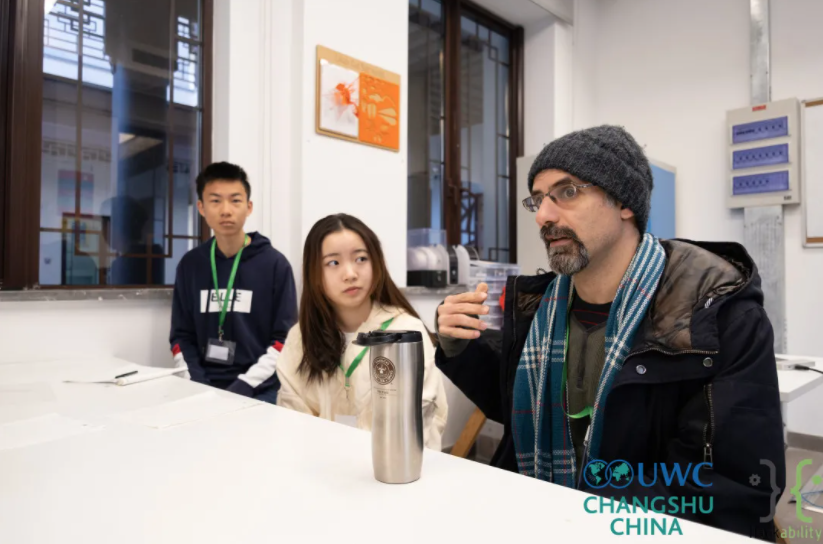
Group 3 mentor: Prof. Rodolfo Cossovich (on the right)
Assistant Professor at NYU Shanghai in Interactive Media Arts
In the next three sessions, students will deep dive into design process and eventually prototype-building. Good luck to all!








